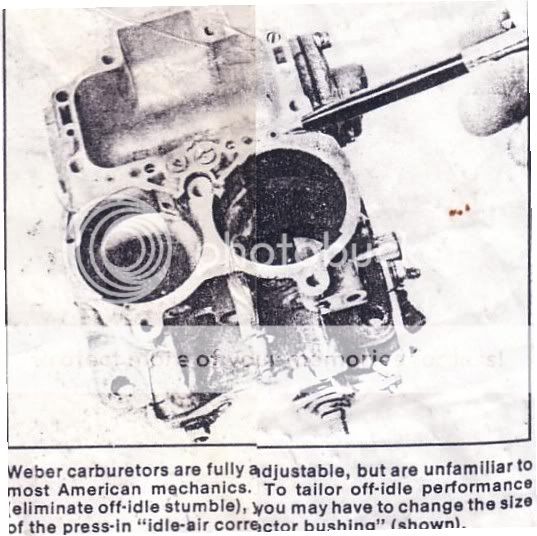I'm collecting jetting info, and something struck me as odd with these carbs...
The secondary side is larger by 4mm, should flow more air, and need more fuel as well. But:
Virtually everybody's jetting setup/recommendations have the secondary side with smaller (leaner) idle jets, and smaller main jets (less total flow) with air bleeds that will give a richer mixture, but less overall, which looks like with the additional air, would give a total mix that's either leaner or the same as the primary side.
What's up? I'd think the secondary side would be slightly richer than the primary, and have more fuel capacity. Am I missing something?
The secondary side is larger by 4mm, should flow more air, and need more fuel as well. But:
Virtually everybody's jetting setup/recommendations have the secondary side with smaller (leaner) idle jets, and smaller main jets (less total flow) with air bleeds that will give a richer mixture, but less overall, which looks like with the additional air, would give a total mix that's either leaner or the same as the primary side.
What's up? I'd think the secondary side would be slightly richer than the primary, and have more fuel capacity. Am I missing something?



 Thanks to Five10man for a terrific first post!
Thanks to Five10man for a terrific first post!




